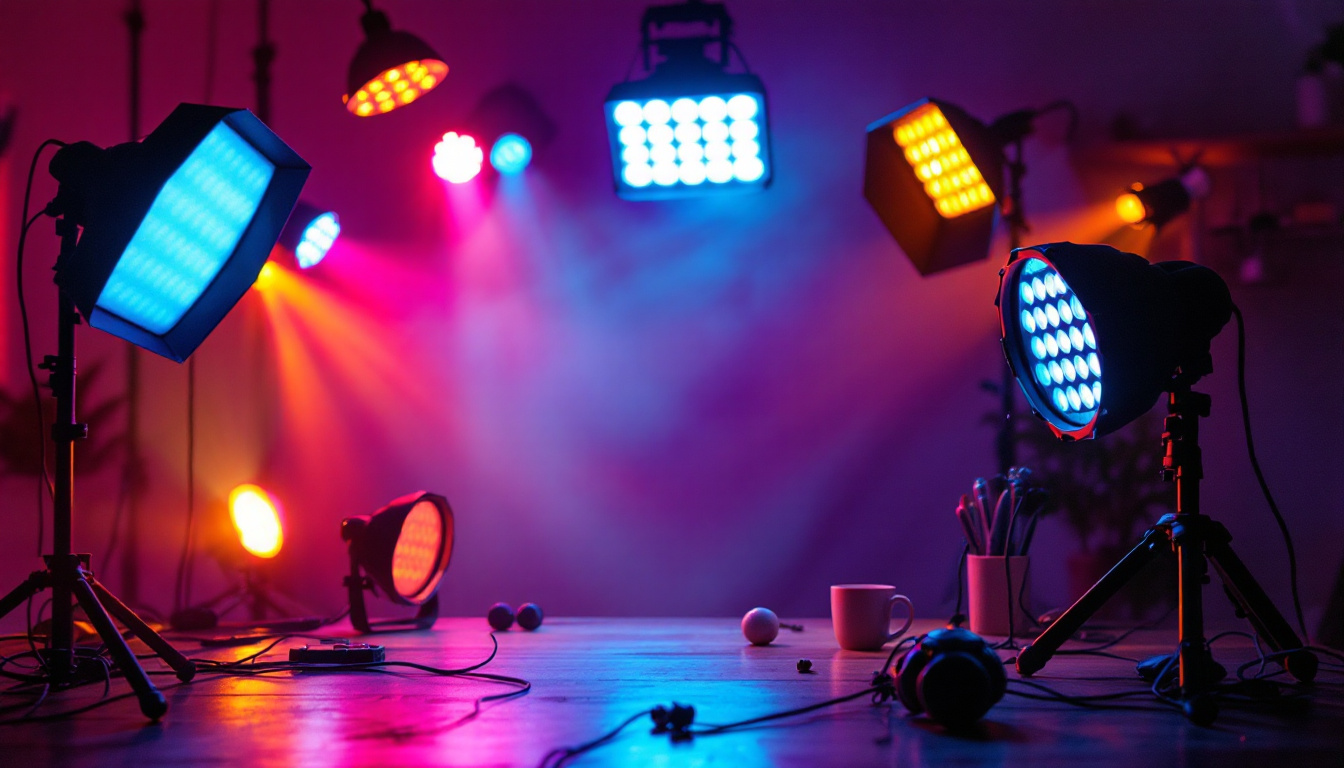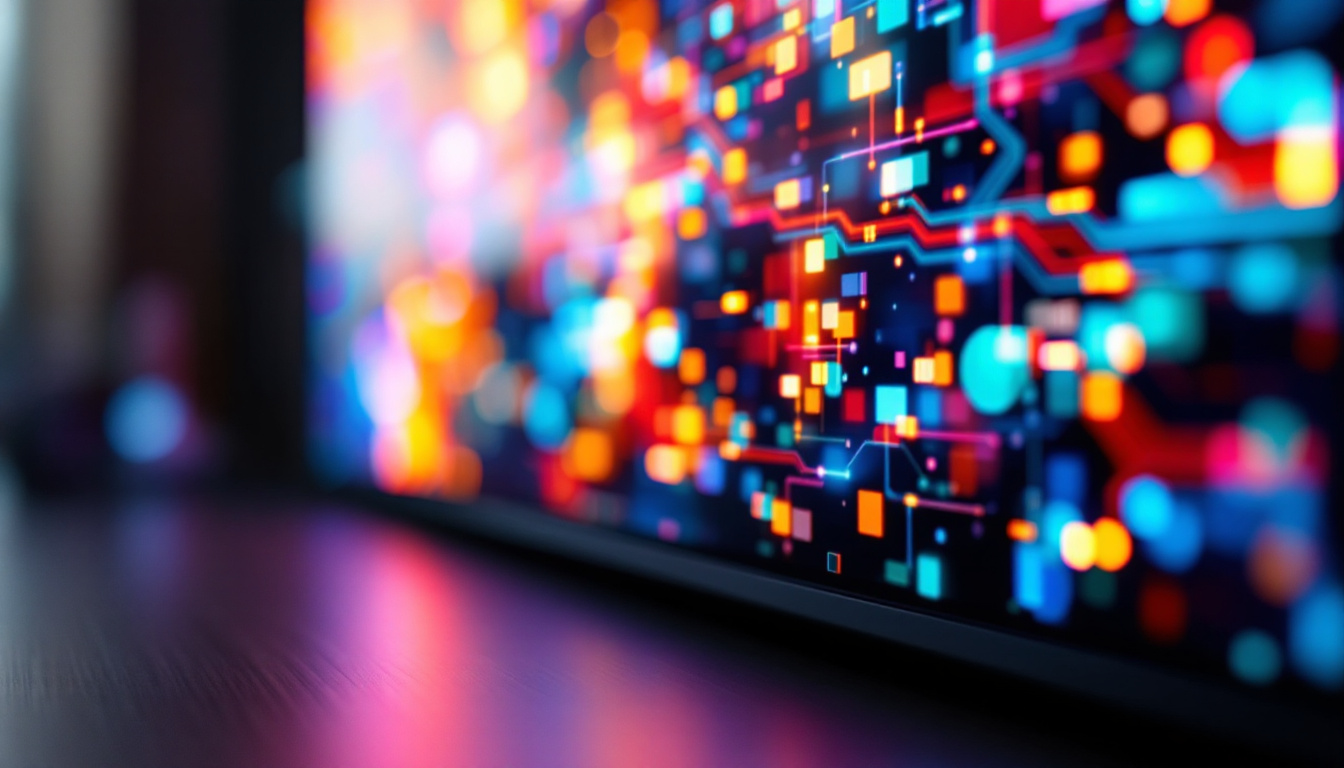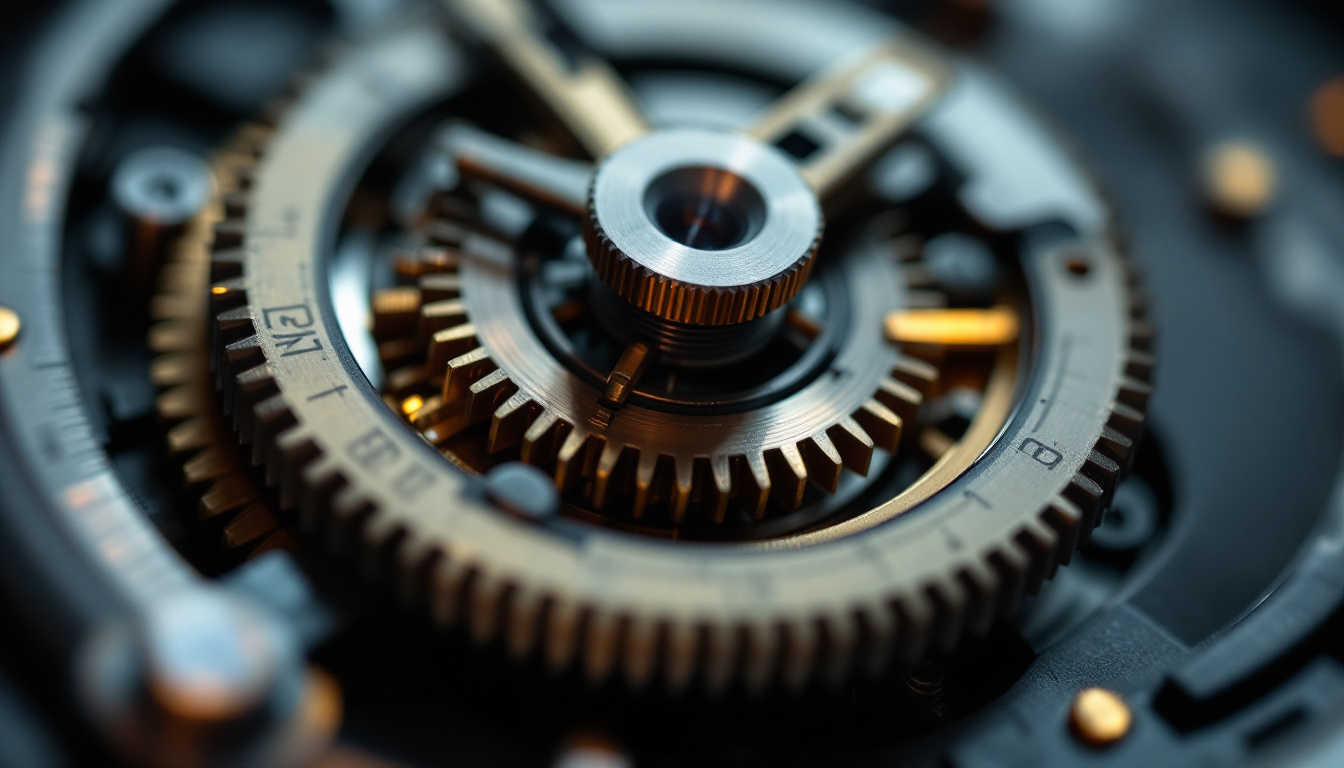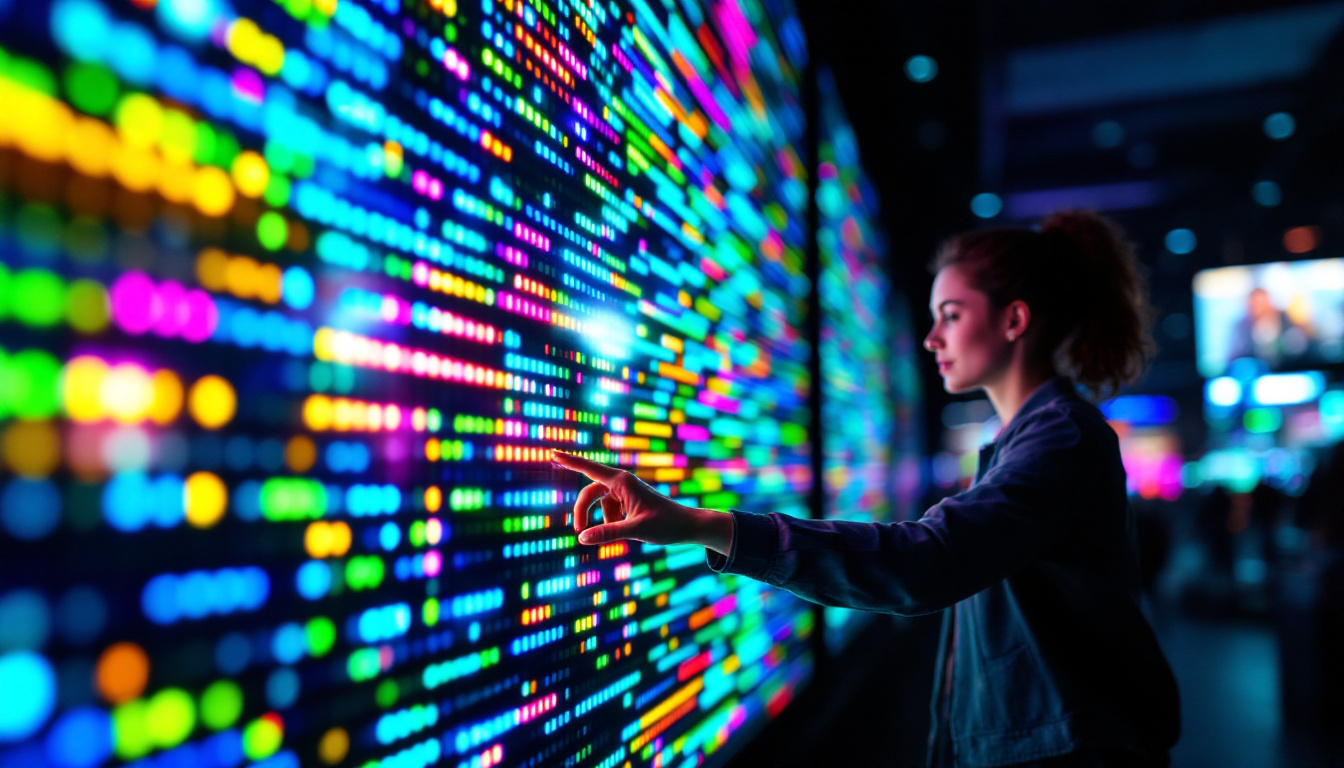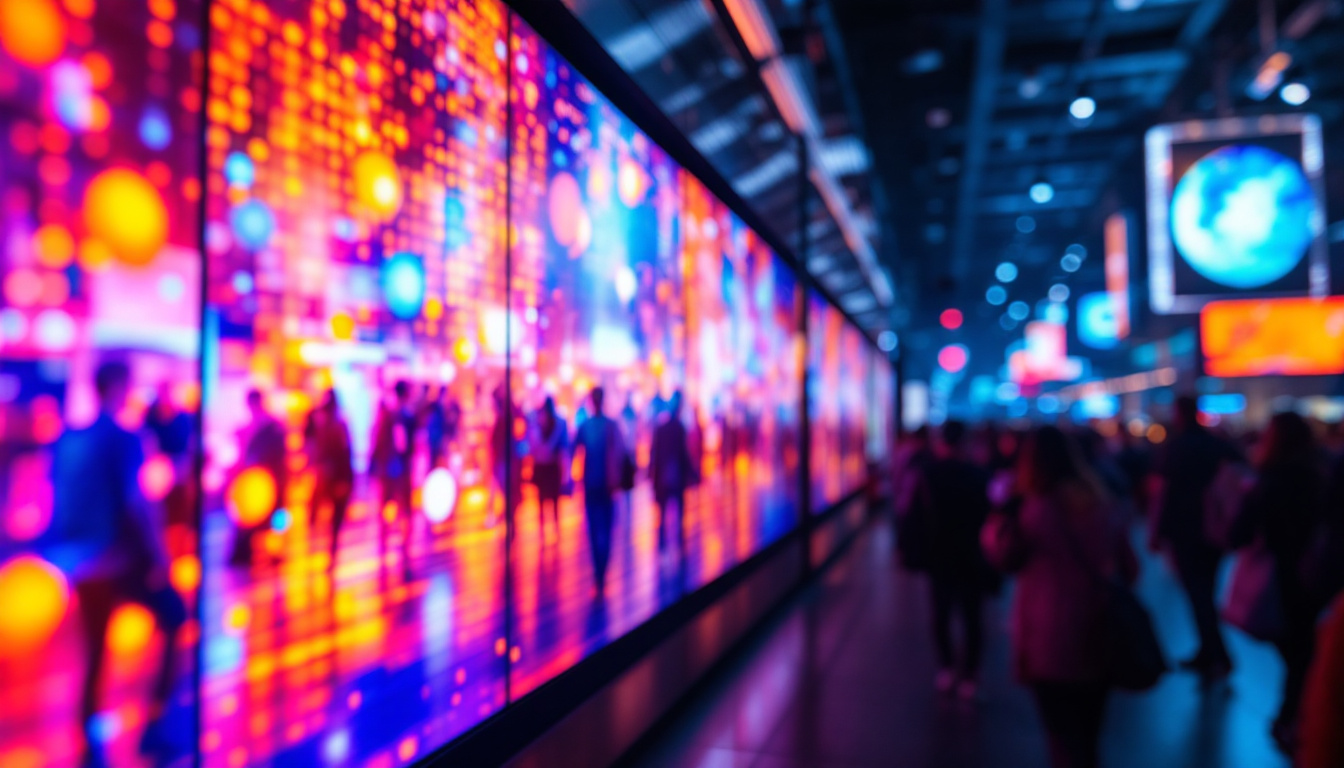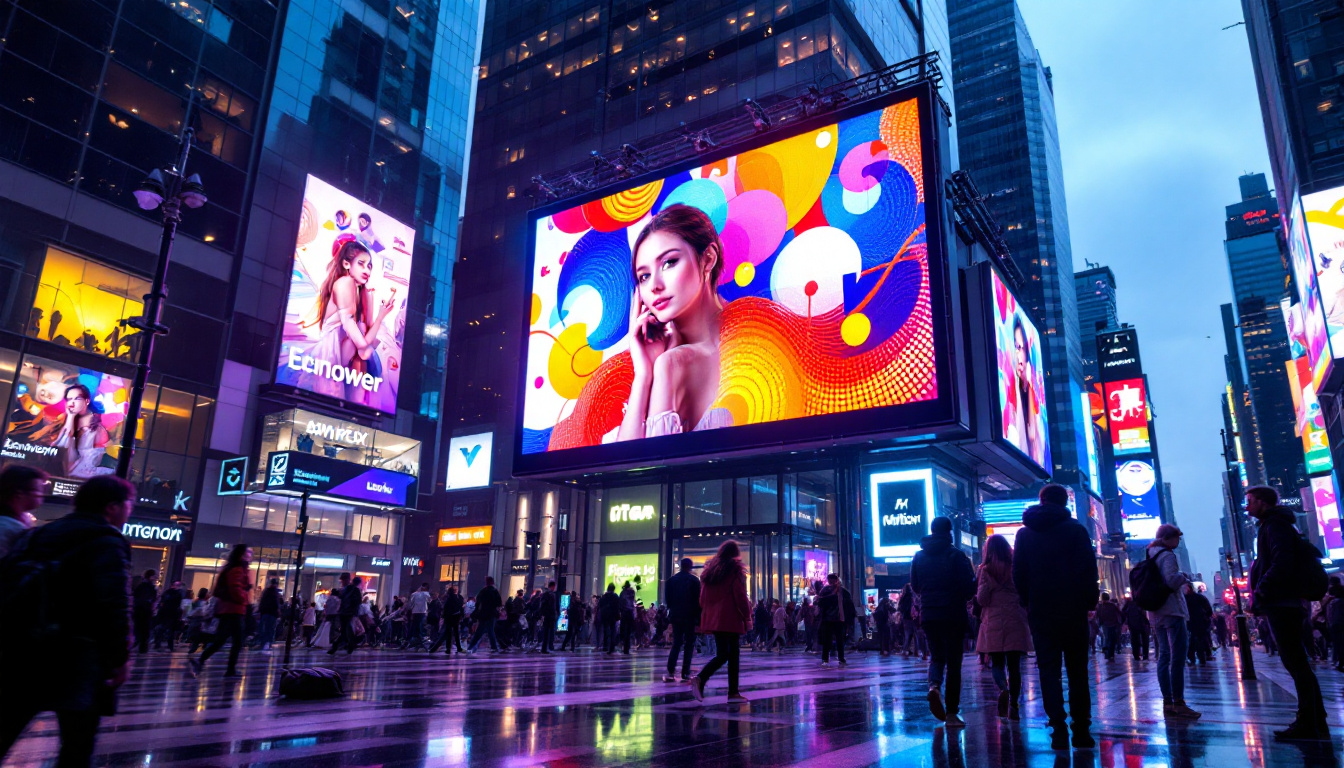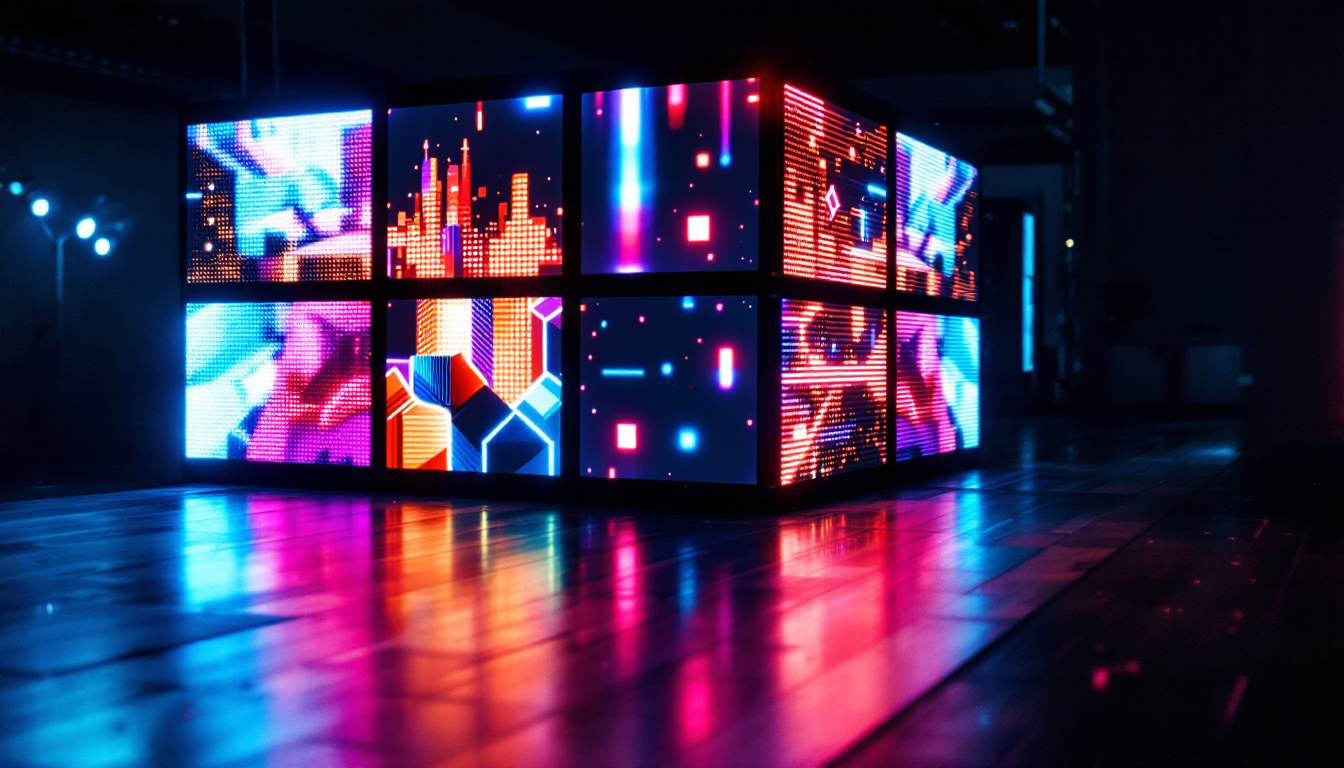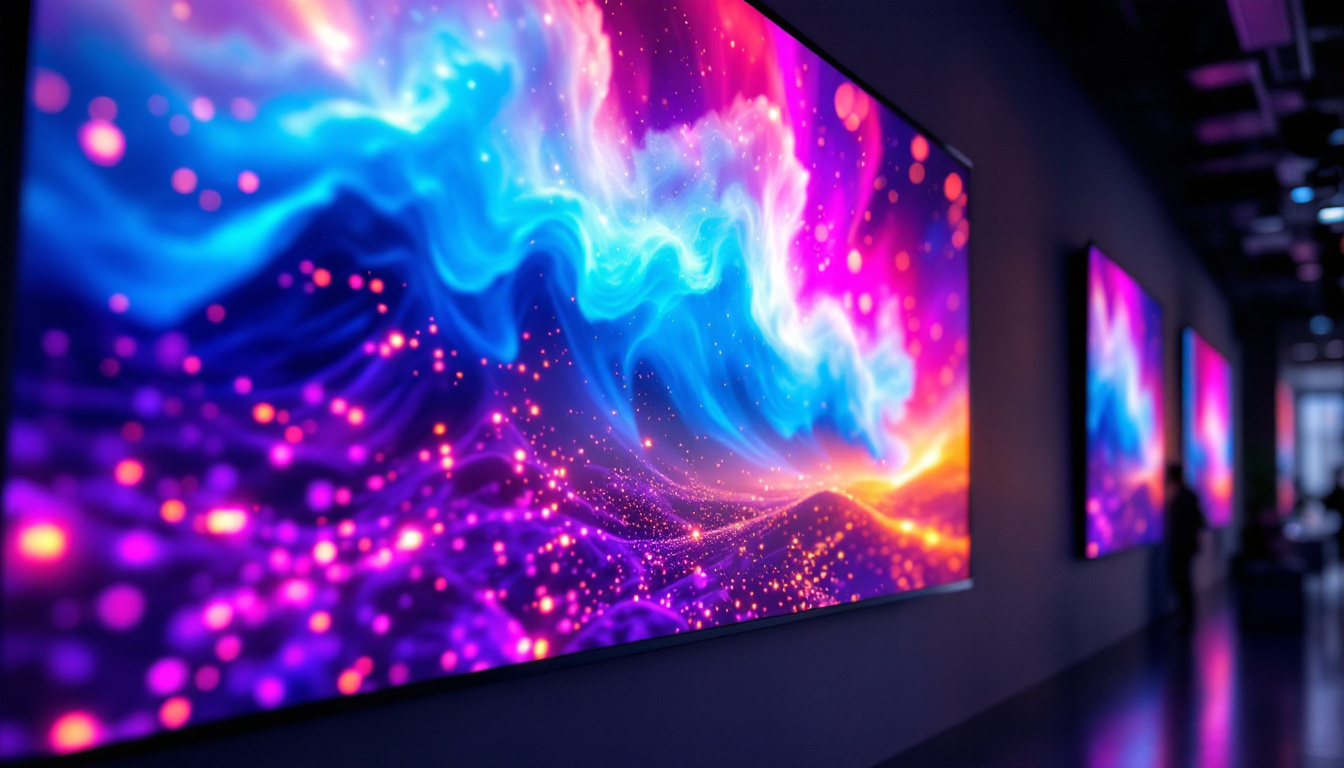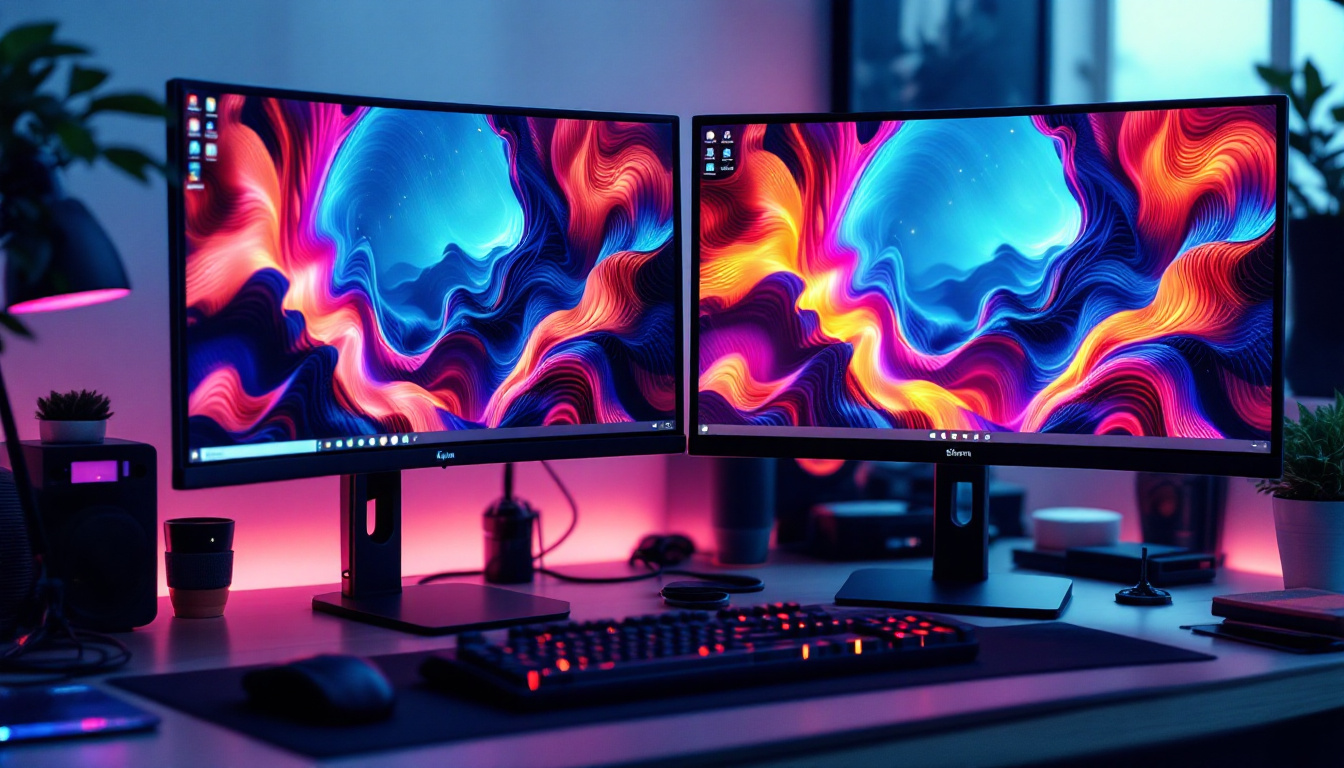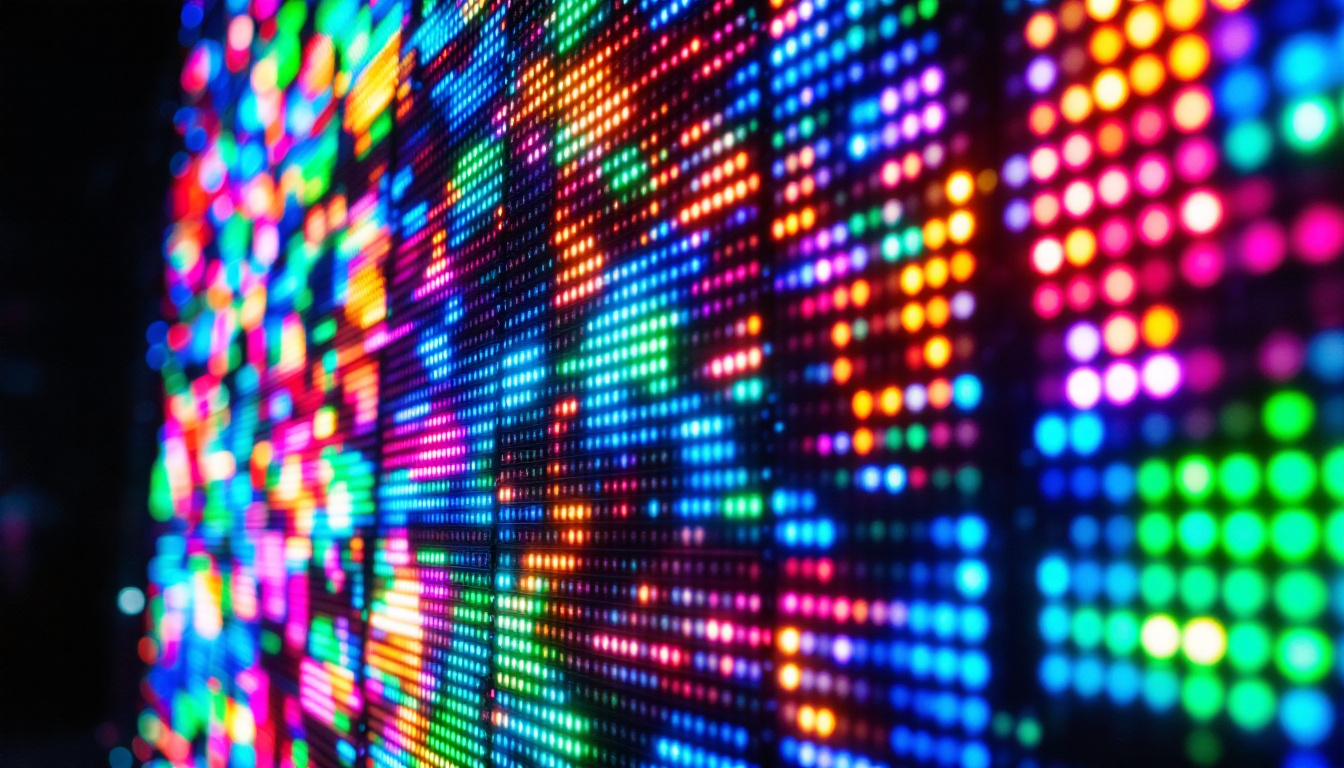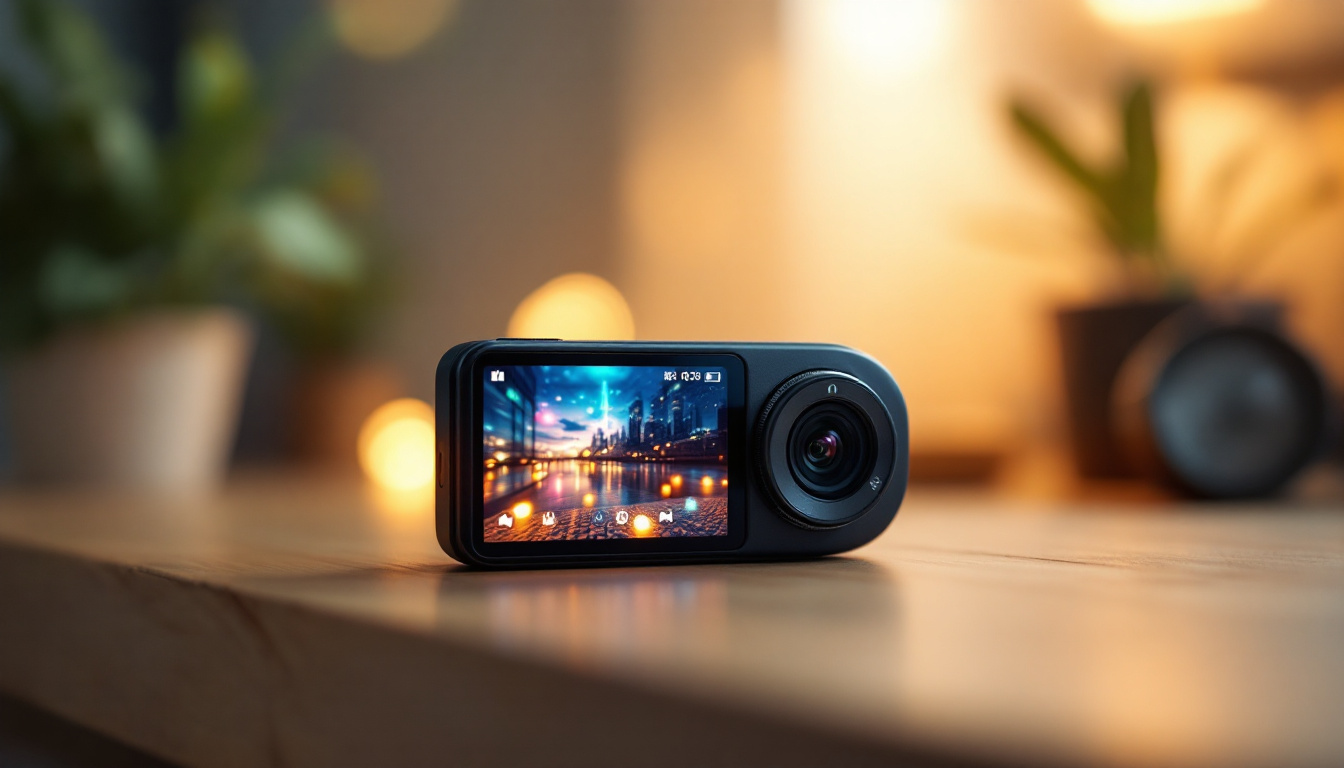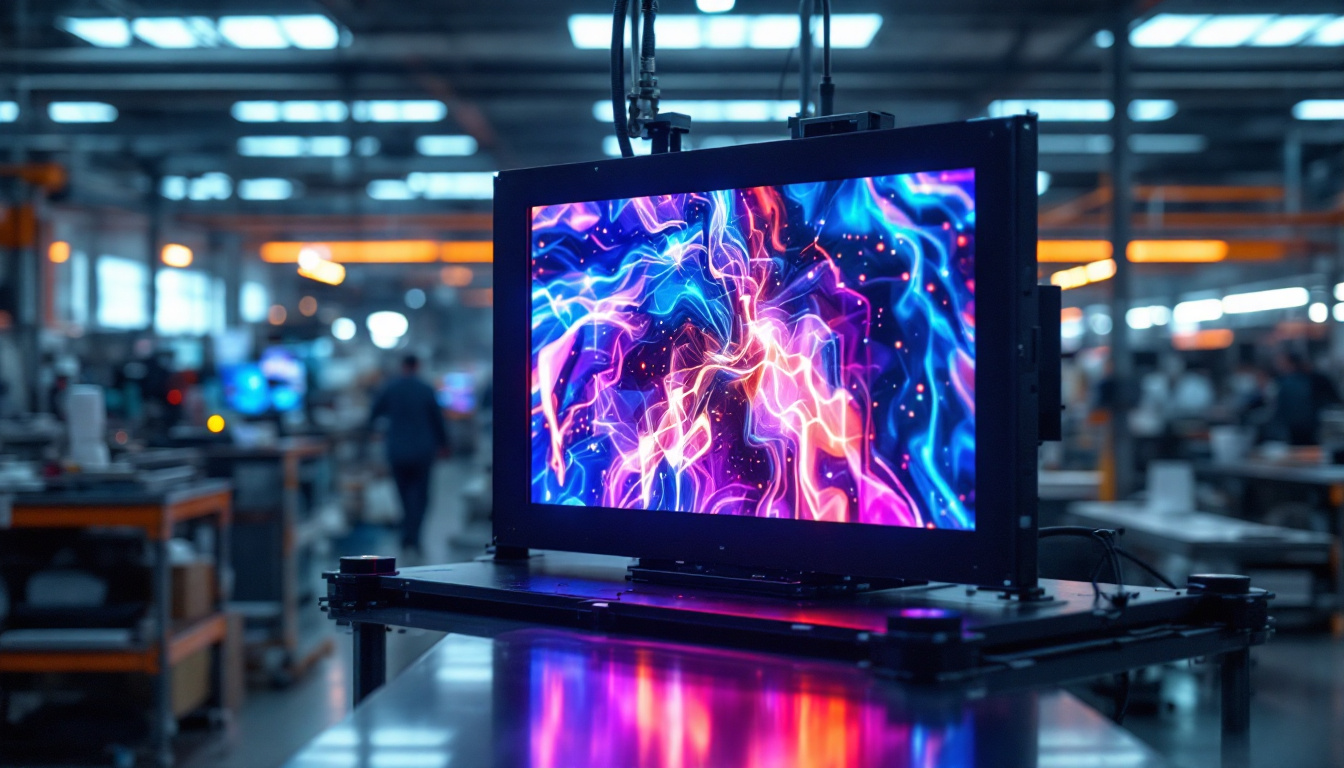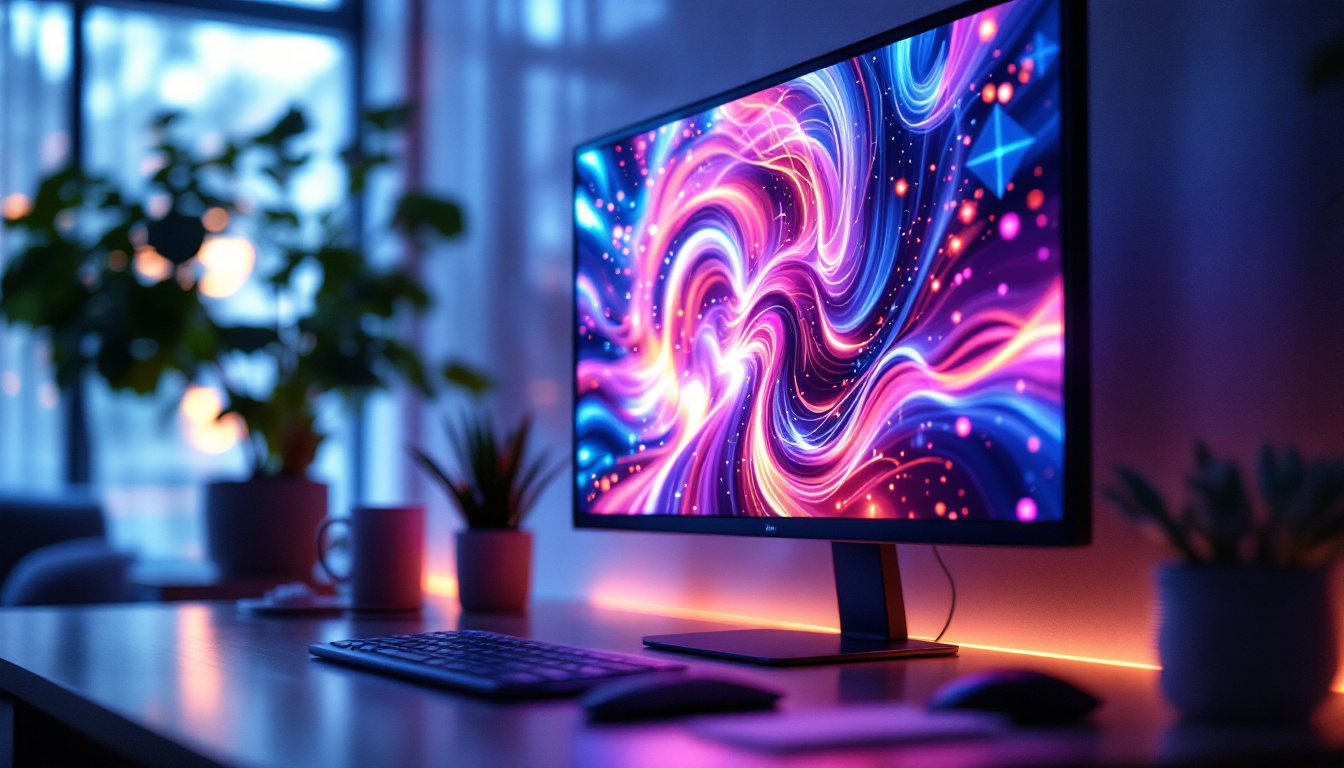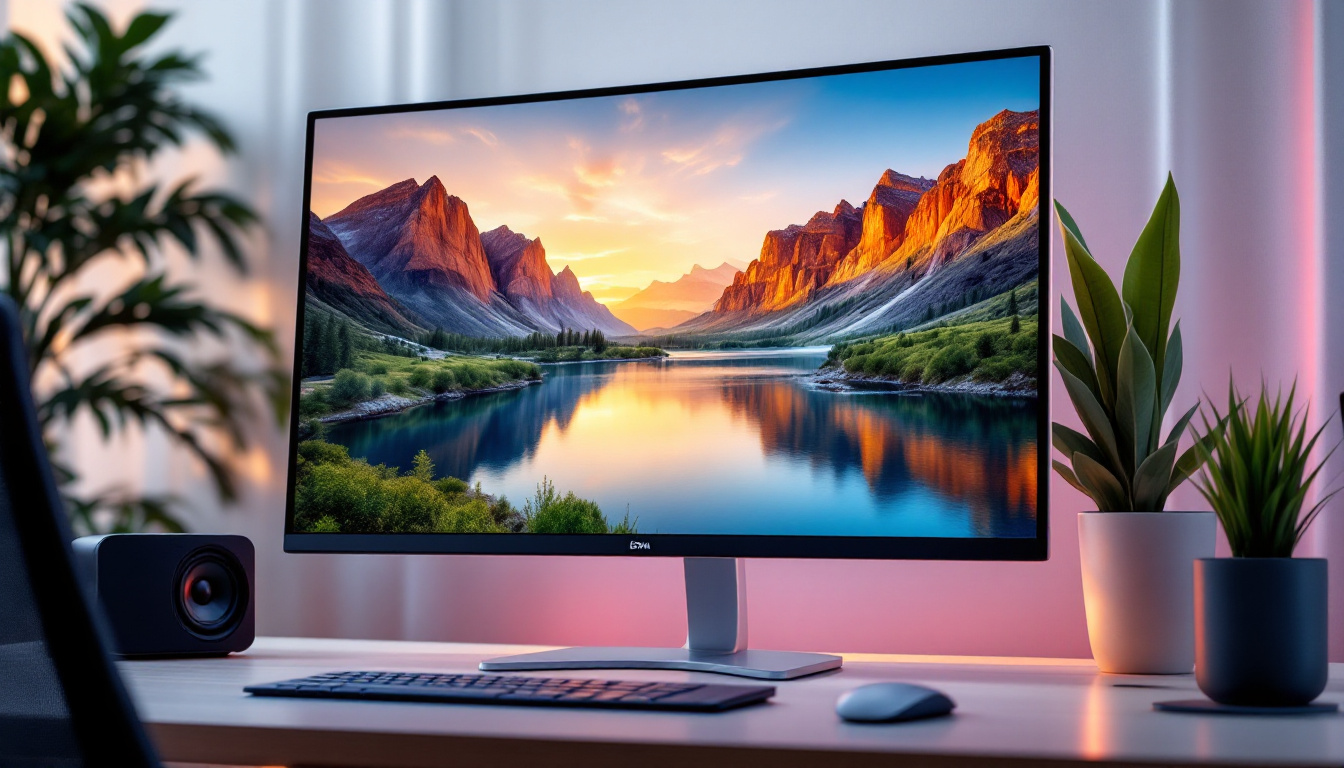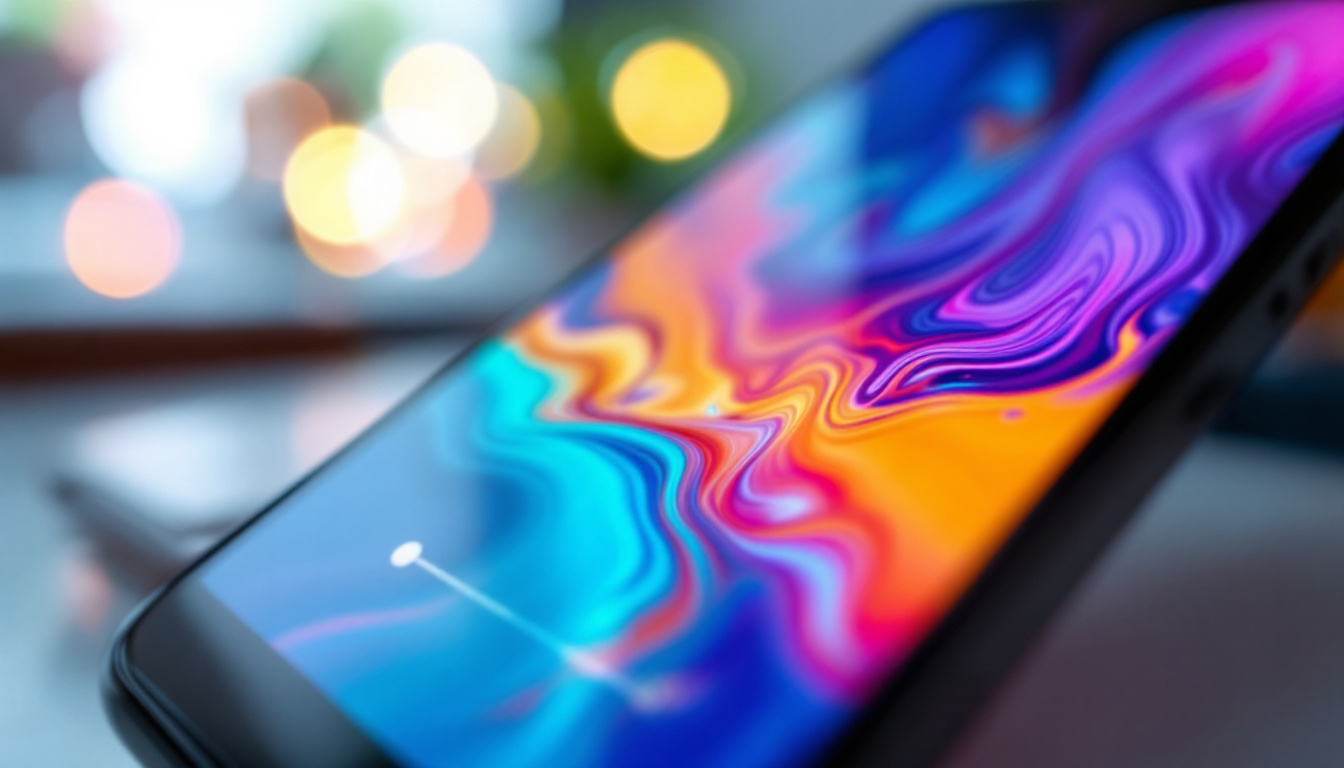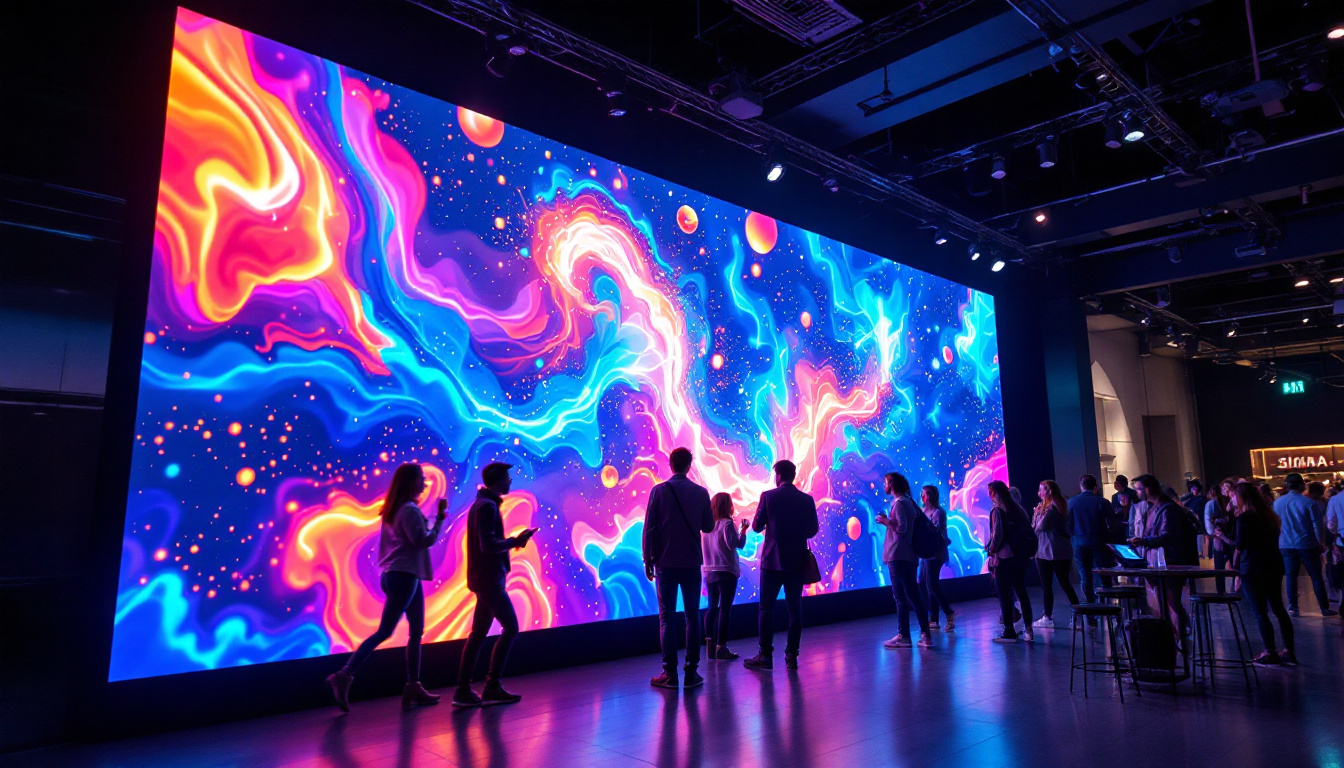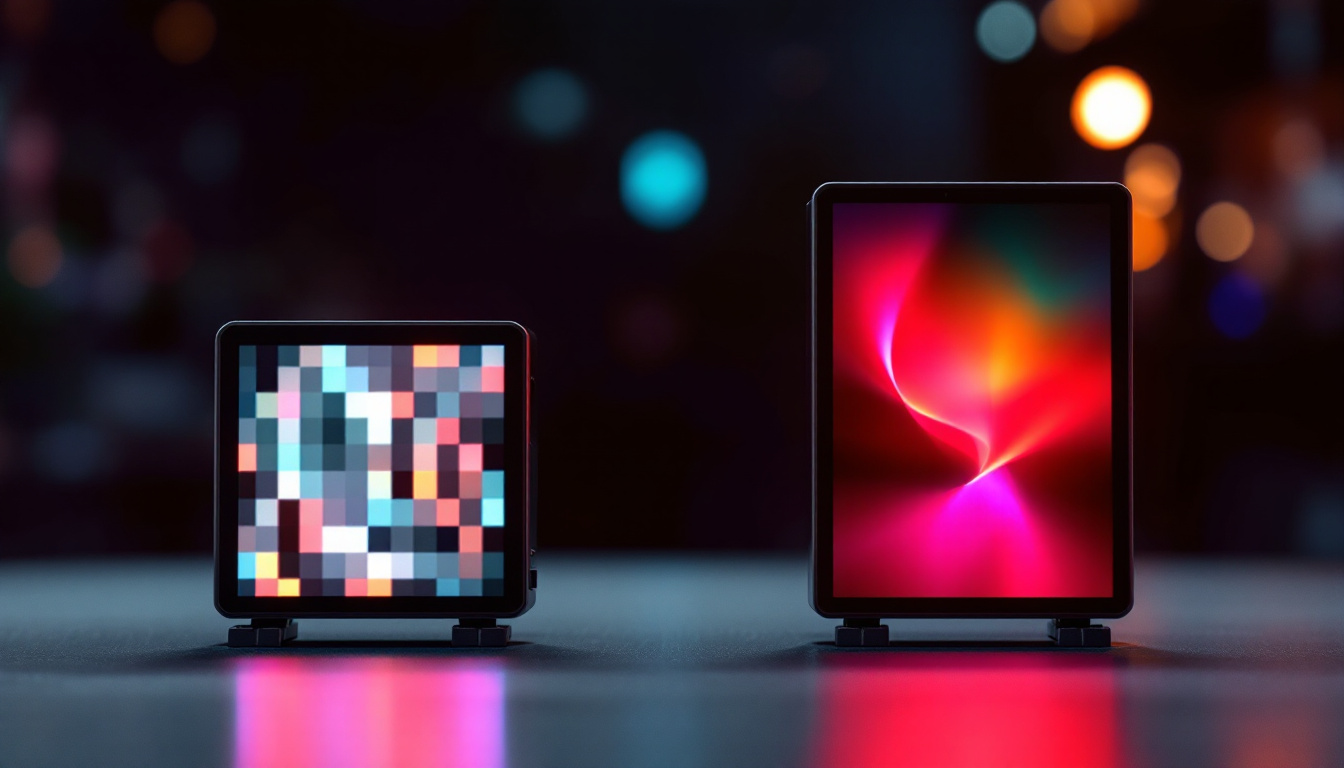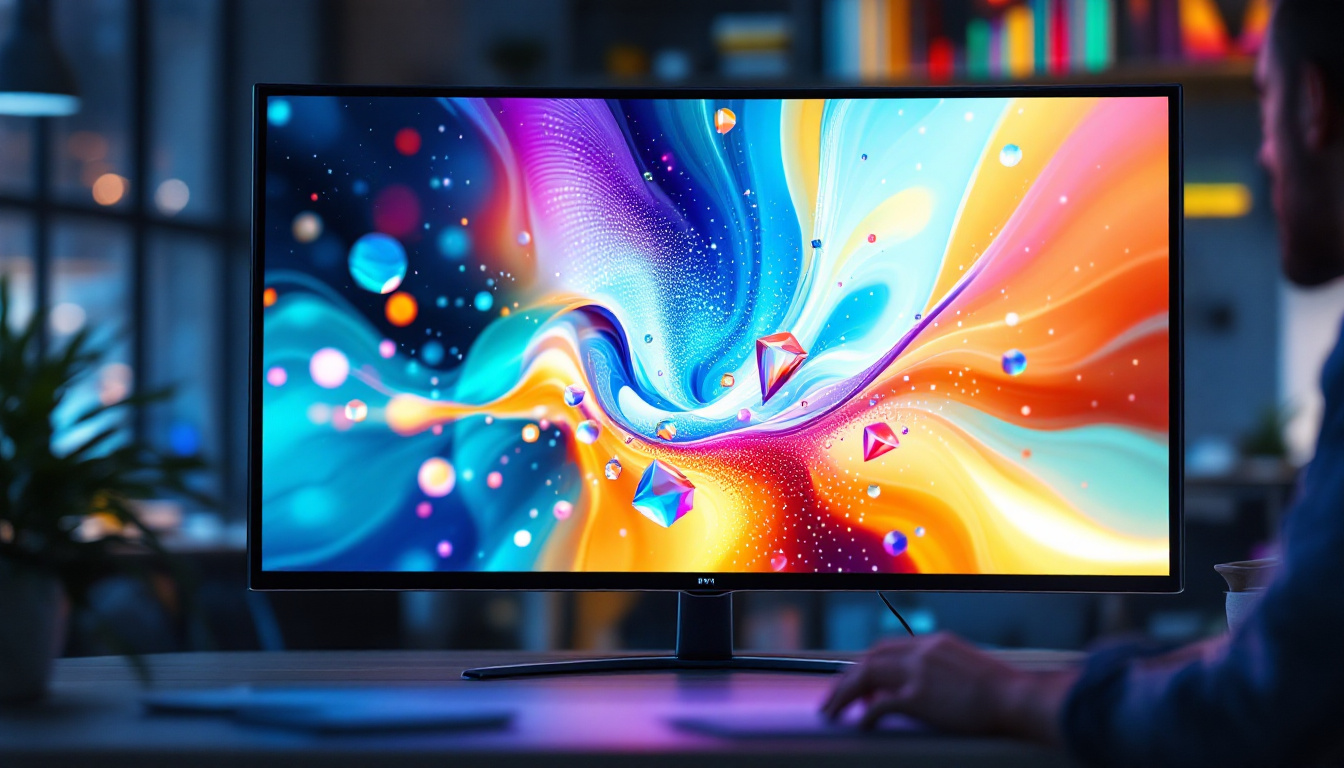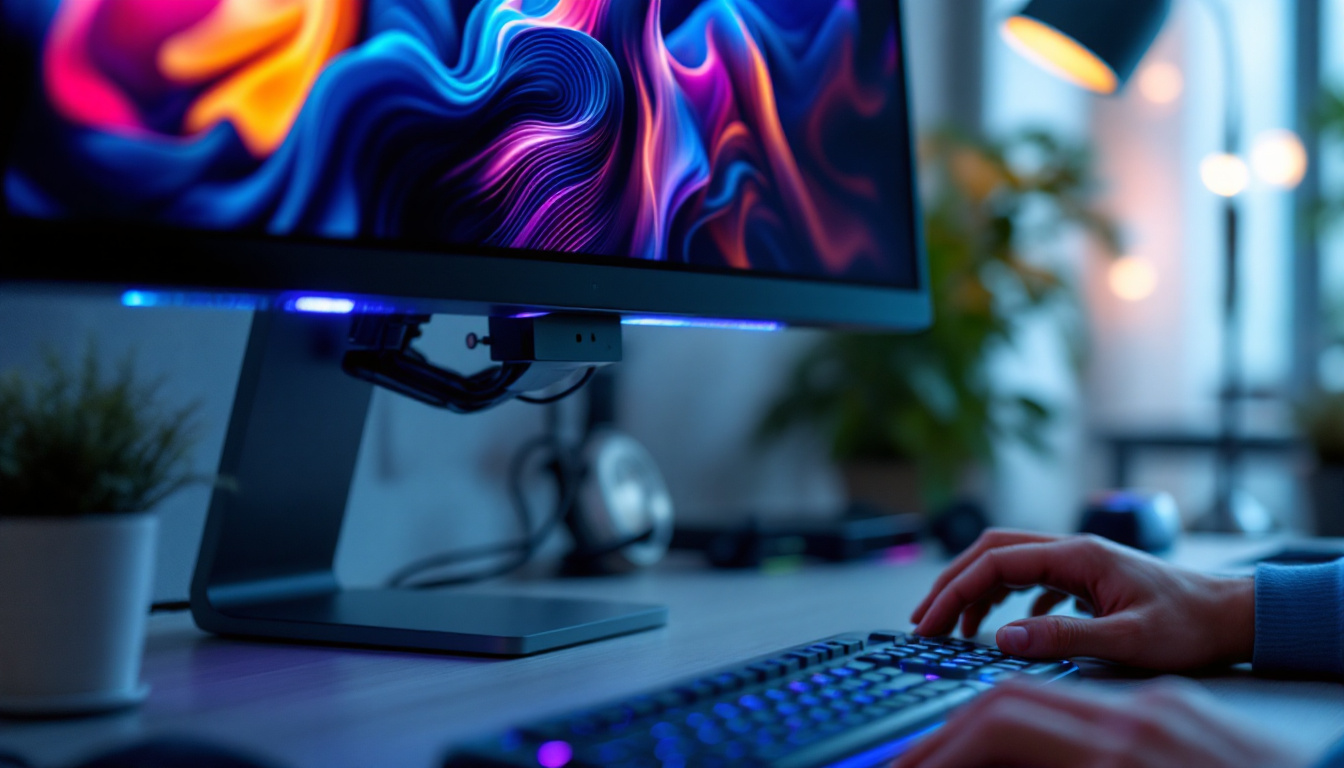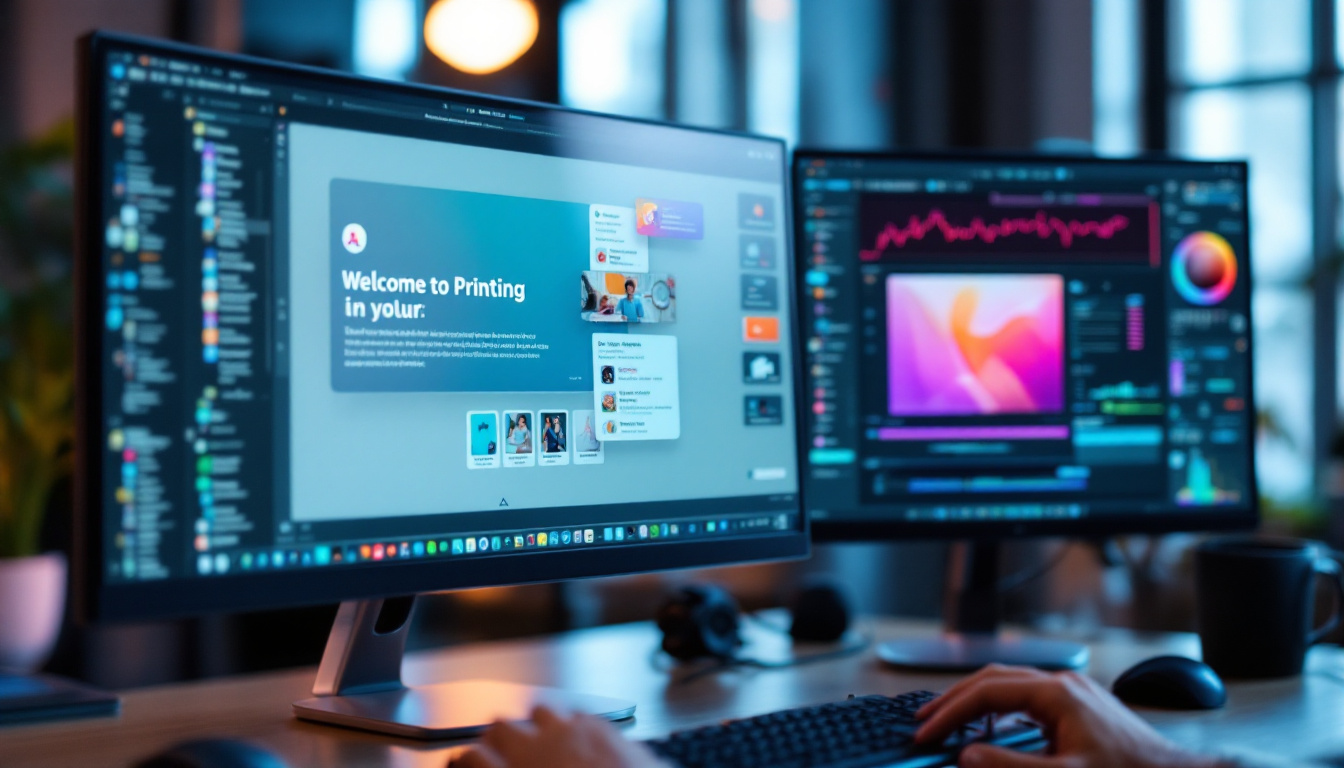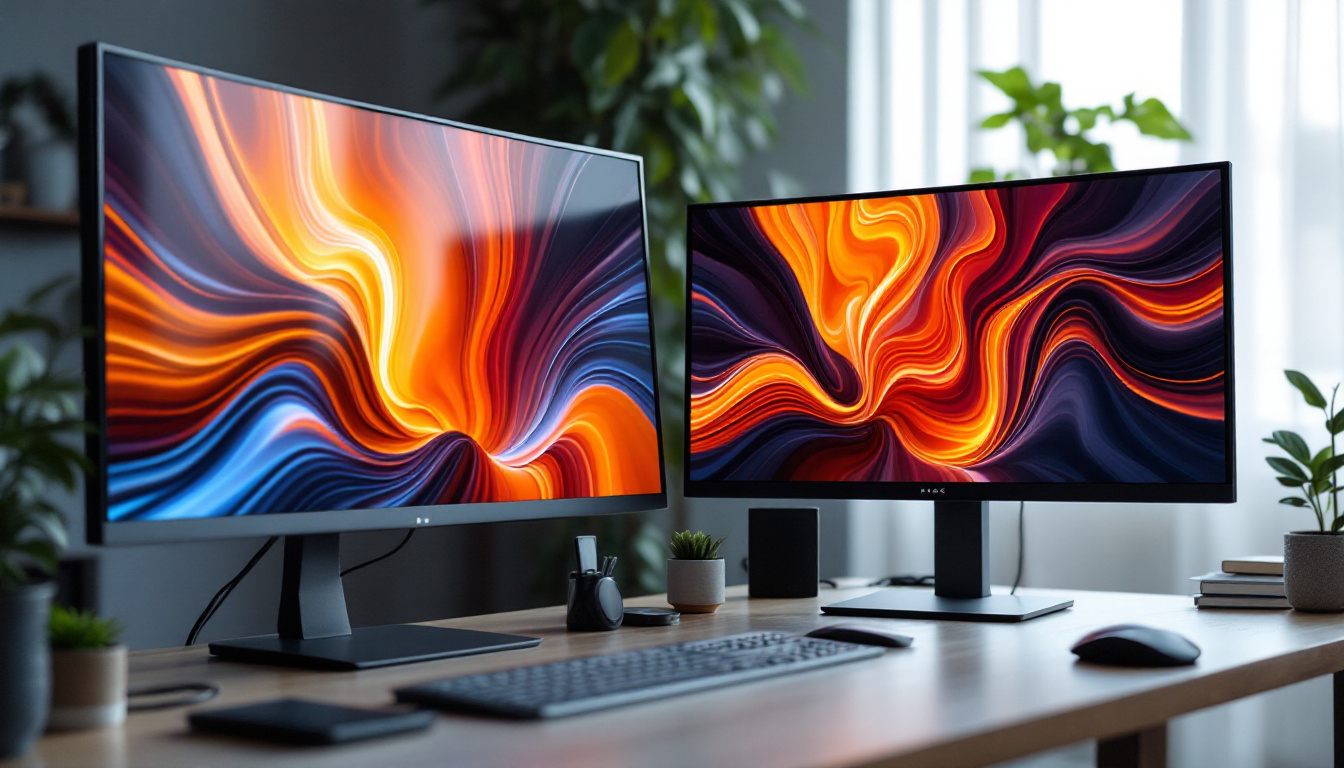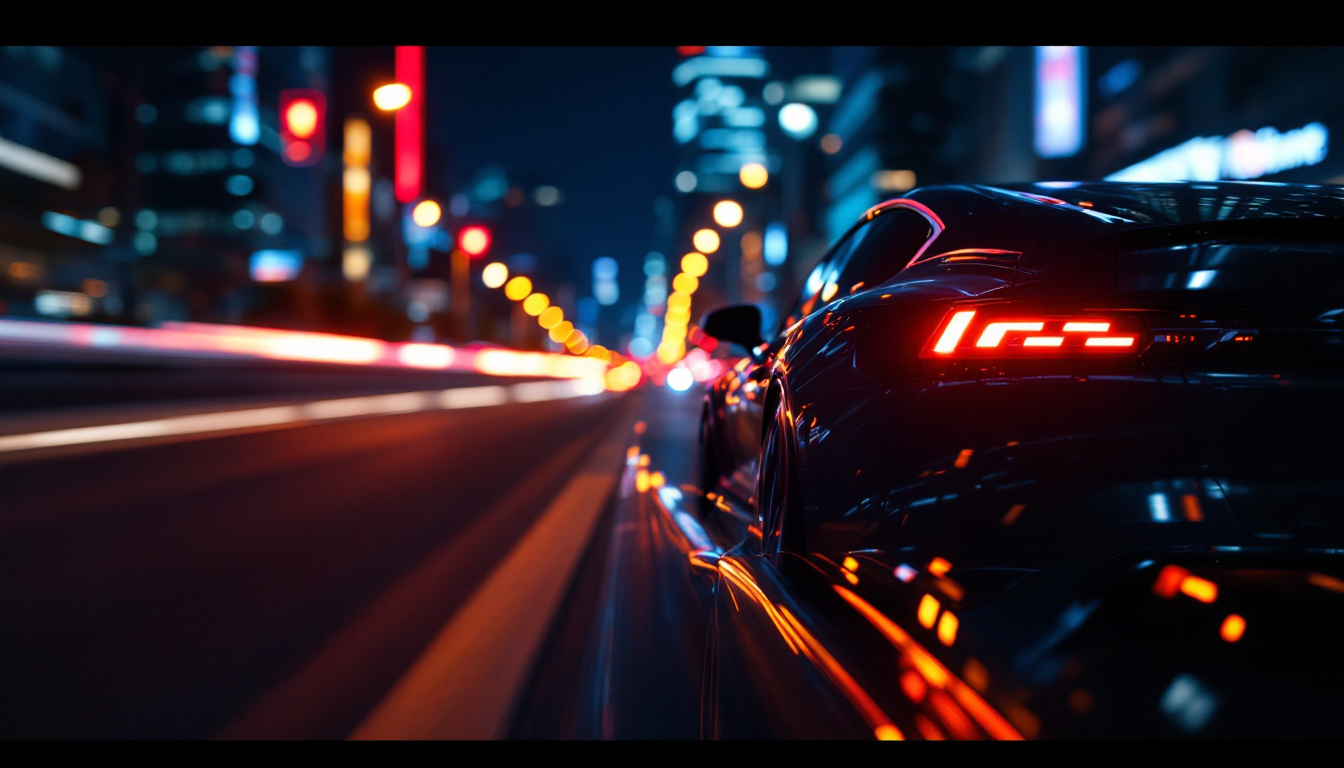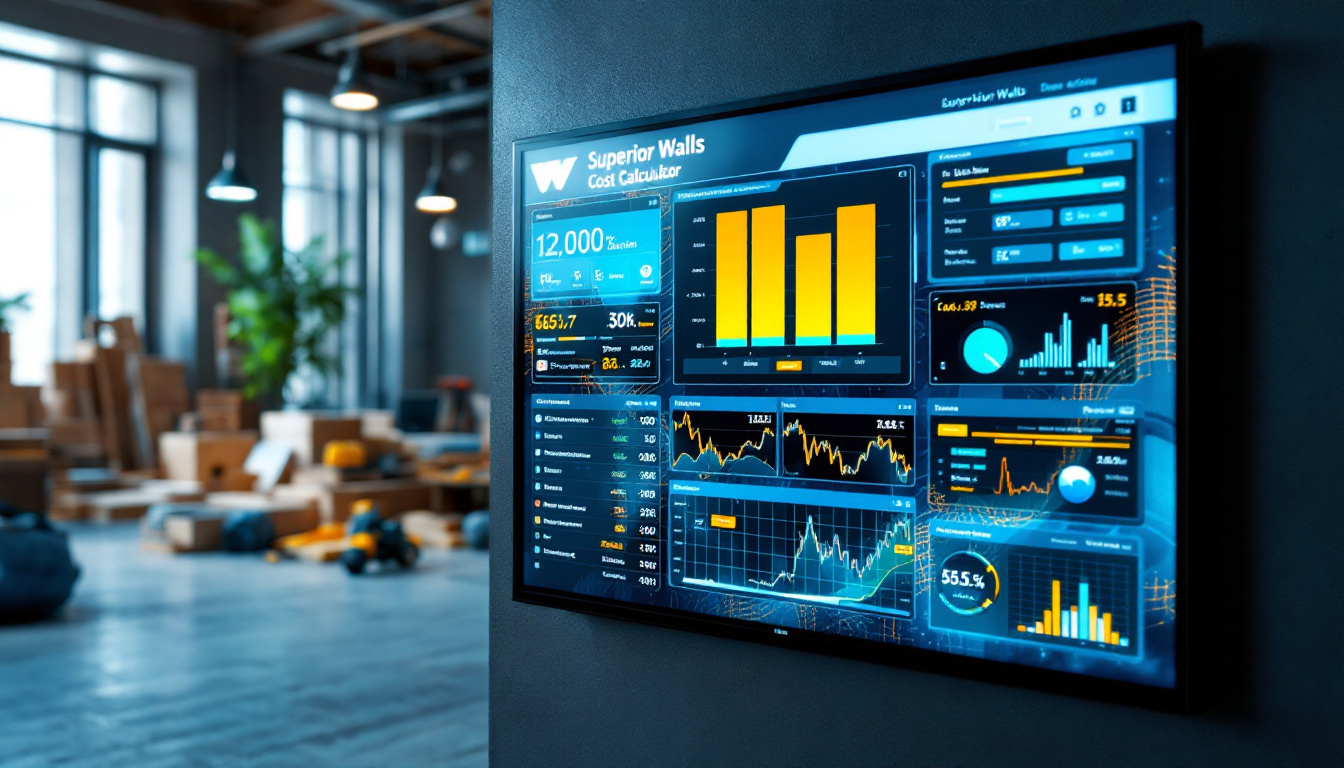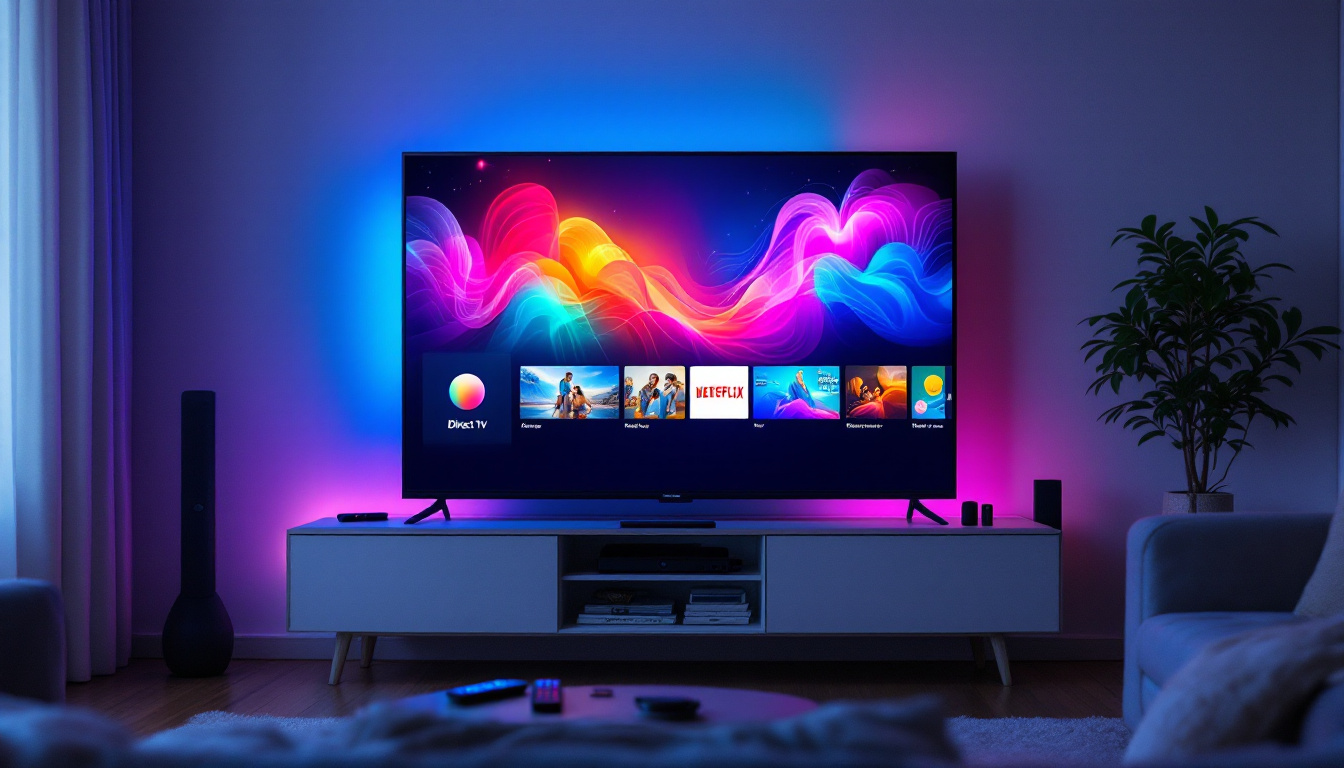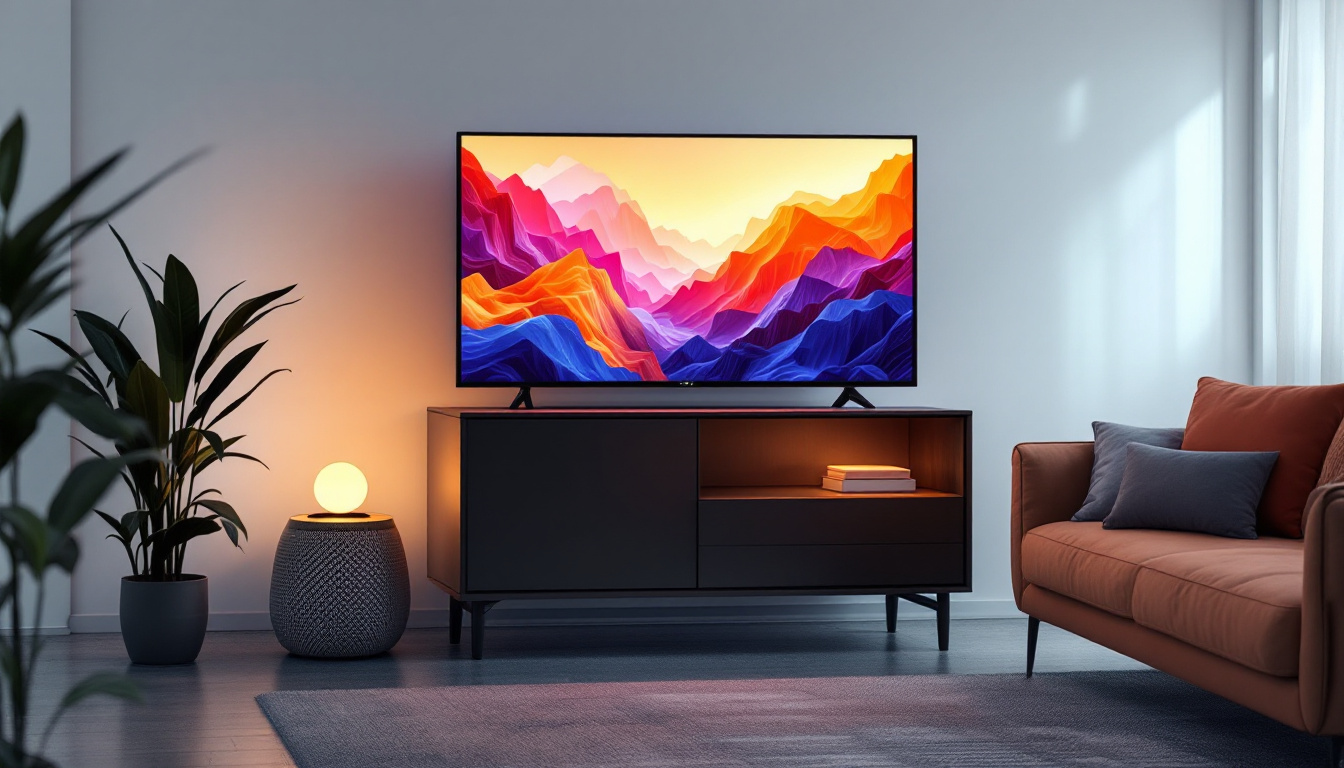In the world of video production, lighting plays a crucial role in determining the overall quality of the final product. As technology advances, the options available for video lighting have expanded significantly, making it easier and more affordable for creators to achieve professional results. Among these options, LED lighting has become increasingly popular due to its versatility, efficiency, and cost-effectiveness. This article delves into the intricacies of low-cost video lighting, focusing specifically on LED displays and their benefits.
Understanding LED Lighting Technology
Light Emitting Diodes (LEDs) are semiconductor devices that emit light when an electric current passes through them. Unlike traditional incandescent bulbs, which generate light by heating a filament, LEDs produce light through electroluminescence. This fundamental difference leads to several advantages, especially in video production settings.
Energy Efficiency
One of the most significant benefits of LED lighting is its energy efficiency. LEDs consume significantly less power compared to incandescent and fluorescent lights, allowing for longer usage times without the need for frequent replacements. This is particularly beneficial for video shoots that require extended lighting periods, as it reduces both energy costs and the environmental impact. Furthermore, the reduced heat output of LEDs means that they can be used in closer proximity to subjects without the risk of overheating, providing filmmakers with greater flexibility in their lighting setups.
Longevity and Durability
LED lights have a much longer lifespan than traditional lighting options. While incandescent bulbs may last around 1,000 hours, LEDs can last up to 25,000 hours or more. This longevity not only reduces the frequency of replacements but also minimizes waste, making LEDs a more sustainable choice for video production. Additionally, LEDs are more resistant to shock and vibration, which is crucial in dynamic filming environments where equipment may be moved frequently or subjected to rough handling. This durability ensures that the investment in LED lighting pays off over time, as filmmakers can rely on their equipment to perform consistently across various projects.
Color Temperature and Quality
Another advantage of LED lighting is its ability to produce a wide range of color temperatures. This flexibility allows filmmakers to create the desired mood and atmosphere for their projects. Additionally, many LED lights offer adjustable color temperatures, enabling users to switch between warm and cool tones with ease. The quality of light emitted by LEDs is also impressive, providing consistent brightness and color accuracy, which is essential for achieving high-quality video. Some advanced LED systems even allow for color mixing, enabling filmmakers to achieve specific hues and shades that can enhance the visual storytelling. This capability is particularly useful in scenes where color plays a critical role in conveying emotion or setting the scene, allowing for a more nuanced and artistic approach to lighting design.
Types of LED Lighting for Video Production
When it comes to video production, there are various types of LED lighting options available, each catering to different needs and preferences. Understanding these options can help filmmakers make informed decisions based on their specific requirements.
LED Panels
LED panels are flat, rectangular lights that provide a soft, even illumination. They are ideal for key lighting, fill lighting, and backlighting in video production. The even distribution of light helps to minimize harsh shadows, resulting in a more flattering appearance for subjects. Many LED panels come with adjustable brightness and color temperature settings, making them versatile tools for various shooting conditions. Additionally, some models feature built-in diffusion materials or softboxes, which further enhance the softness of the light, making them perfect for interviews and product shoots where skin tones and textures need to be rendered accurately.
LED Ring Lights
Ring lights have gained popularity, especially among beauty and lifestyle content creators. These circular lights provide a uniform light source that wraps around the camera lens, reducing shadows and creating a pleasing catchlight in the subject’s eyes. Ring lights are particularly effective for close-up shots, interviews, and tutorials, where detail and clarity are paramount. Beyond their aesthetic benefits, many ring lights now come equipped with smartphone mounts and adjustable color settings, allowing creators to achieve the perfect look for their specific content, whether it’s a vibrant makeup tutorial or a soft, natural lighting for a lifestyle vlog.
LED Fresnels
Fresnel lights are known for their ability to focus and direct light precisely, making them suitable for dramatic lighting setups. LED Fresnels combine the traditional Fresnel design with LED technology, offering adjustable beam angles and intensity. These lights are often used for key lighting in interviews, narrative films, and theatrical productions, providing a high level of control over the lighting environment. Furthermore, the ability to use barn doors with LED Fresnels allows filmmakers to shape the light and create shadows, adding depth and dimension to their scenes. This adaptability makes them a favorite among cinematographers who seek to craft a specific mood or atmosphere in their work.
Choosing the Right LED Lighting for Your Needs
Selecting the appropriate LED lighting for video production involves considering several factors, including the type of project, budget, and specific lighting requirements. Here are some key points to keep in mind when making your decision.
Assess Your Lighting Needs
Before investing in LED lighting, it’s essential to assess the specific lighting needs of your project. Consider the size of your shooting space, the number of subjects, and the desired mood or atmosphere. For instance, a large studio may require multiple LED panels for even coverage, while a small space might only need a single ring light for close-up shots.
Budget Considerations
While LED lighting has become more affordable over the years, prices can still vary significantly based on brand, features, and quality. It’s important to establish a budget before shopping for LED lights. There are many low-cost options available that still provide excellent performance, so it’s possible to find a balance between quality and affordability.
Portability and Setup
For filmmakers who frequently work on location, portability is a crucial factor. Many LED lights are lightweight and easy to set up, making them ideal for mobile production. Look for options that come with adjustable stands, battery power options, and compact designs for easy transport. Additionally, consider the ease of use in terms of setup and adjustments, as this can save valuable time during shoots.
Practical Tips for Using LED Lighting in Video Production
Once the appropriate LED lighting has been selected, understanding how to use it effectively can significantly enhance video quality. Here are some practical tips for maximizing the potential of LED lights in video production.
Experiment with Angles and Positions
The placement of lights can dramatically affect the look of a scene. Experimenting with different angles and positions can help achieve the desired lighting effect. For instance, placing a key light at a 45-degree angle to the subject can create depth and dimension, while using fill lights to soften shadows can enhance the overall appearance. It’s often beneficial to test various configurations before settling on the final setup.
Utilize Diffusers and Reflectors
To achieve softer, more flattering lighting, consider using diffusers and reflectors. Diffusers can be placed in front of LED lights to soften the light output, reducing harsh shadows and creating a more natural look. Reflectors can bounce light onto the subject, filling in shadows and adding warmth. These tools are relatively inexpensive and can greatly enhance the quality of the lighting setup.
Control Color Temperature
Maintaining consistent color temperature throughout a shoot is essential for achieving a cohesive look. Many LED lights allow for adjustments in color temperature, so it’s important to set them to the same value before filming. Additionally, using gels or filters can help match the LED lights to existing ambient light sources, ensuring a seamless integration of lighting elements.
Common Mistakes to Avoid with LED Lighting
While LED lighting offers numerous benefits, there are common pitfalls that filmmakers should be aware of to ensure optimal results. Avoiding these mistakes can lead to better lighting quality and overall production value.
Overexposing the Image
One of the most common mistakes is overexposing the image due to excessive brightness from LED lights. It’s crucial to monitor exposure levels closely and adjust the intensity of the lights accordingly. Using a light meter or relying on the camera’s histogram can help ensure that the image remains well-balanced and avoids blown-out highlights.
Ignoring Background Lighting
Focusing solely on the subject while neglecting the background can lead to a flat and uninteresting composition. Incorporating background lighting can add depth and dimension to a scene. Consider using LED lights to illuminate the background or create separation between the subject and the backdrop, enhancing the overall visual appeal.
Neglecting to Test Before Shooting
Failing to test the lighting setup before filming can result in unexpected issues during production. It’s essential to conduct test shots to evaluate how the lighting interacts with the subject and environment. This allows for adjustments to be made in advance, ensuring a smoother shooting process and reducing the likelihood of costly reshoots.
Conclusion: The Future of LED Lighting in Video Production
As technology continues to evolve, LED lighting is poised to play an even more significant role in video production. With advancements in color accuracy, brightness, and efficiency, filmmakers can expect to see even more innovative solutions that cater to their needs. The affordability and accessibility of LED lighting make it an attractive option for both amateur and professional creators alike.
Investing in quality LED lights can elevate the production value of videos, allowing for greater creativity and flexibility in lighting setups. By understanding the various types of LED lighting, selecting the right tools, and applying effective techniques, filmmakers can harness the full potential of this technology to produce stunning visual content.
In summary, low-cost LED lighting is not only a practical choice but also a powerful tool that can enhance the quality of video production. As the industry continues to embrace this technology, the possibilities for creativity and expression will only expand, paving the way for a brighter future in visual storytelling.
Illuminate Your Vision with LumenMatrix
Ready to bring your video productions to life with the most advanced LED lighting technology? LumenMatrix is at the forefront of innovation, offering a wide array of LED display solutions that transform any space into a dynamic visual experience. Whether you need an Indoor LED Wall Display for your studio, an Outdoor LED Wall Display for events, or any of our specialized options like Vehicle LED Displays and LED Sports Displays, we have the technology to make your vision a reality. Elevate your brand’s visibility and captivate your audience with our cutting-edge LED displays. Check out LumenMatrix LED Display Solutions today and see the difference for yourself!

